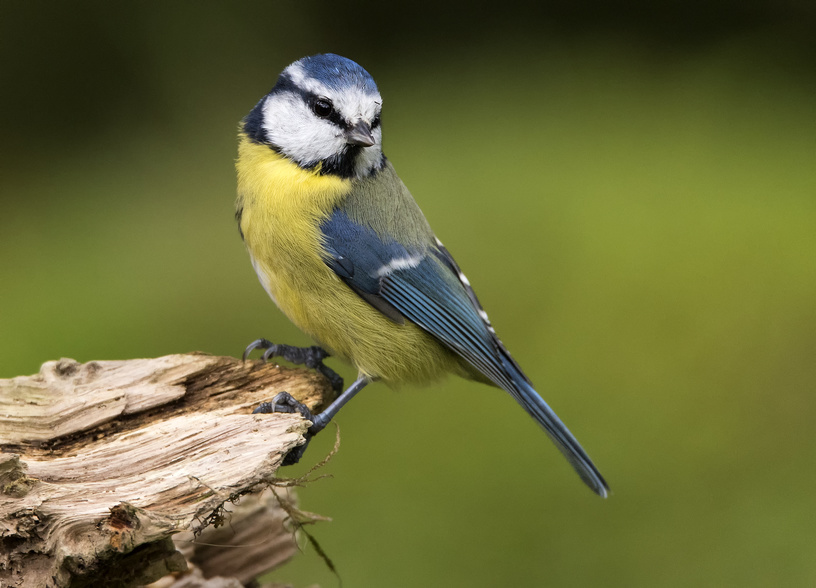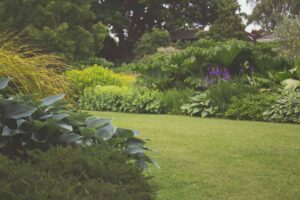All Creatures Great & Small – Keep an Eye on Your Garden Wildlife and Save the Hedgehogs

Everybody knows I’m a sucker for little birdies, fluffy bunnies, birds, bees, and small cuddly creatures of all kinds. Show me a kitten, I turn into a simpering child, hand me a baby chick, I turn into Joey Tribiani.
So, watching out for our garden wildlife is a subject very close to my big, soft heart, particularly at this time of year, when we are mowing, pruning, chopping, slicing and generally waving sharp pointy objects around our gardens in an attempt to create a haven out of a nightmare… well that’s my garden anyway.
For example. Hedgehogs. Everyone say AHHHHHHH! We all love these little pincushions with their tiny noses and propensity to make breathtakingly loud love-making noises at night. But did you know a percentage of hedgehogs get accidentally killed or injured by gardeners every year?
How? Well, for example, they like to nest in compost heaps and a carelessly thrust in fork could easily kill them. So take care when using your garden fork.
This also goes for strimming. Please take care if you are strimming or mowing long grass or clearing and tidying wild areas as these places are an absolutely ideal nesting place for hedgehogs and you could cause harm.
Slug pellets can also do them no good so take care when, or if, using them and try to use alternatives if possible.
If you want to actively encourage hedgehogs into the garden, provide them with some thick undergrowth to nest in and perhaps leave out food and water for them. NOT milk or bread and milk. Contrary to popular belief these foods give them upset stomachs and are detrimental to their health. They DO like cat food, dog food and, of course, insects.
The British Hedgehog Preservation Society can offer a great deal of information on hedgehog welfare and how to garden safely for hedgehogs and will provide free leaflets if you wish. You can get them here.
So from hedgehogs to hedges. Another set of potential victims of careless gardening is birds.
IIt’s a very good idea, even before you start any hedge trimming or clearing, that you check thoroughly for birds nesting in your hedge. If there are birds there, you should work around them and make sure you don’t disturb or damage their nests.
It is, in fact, actually a criminal offence under the Wildlife & Countryside Act of 1981 to ‘damage or destroy’ a nest if it is being built or used. The Royal Society for the Protection of Birds (RSPB) tells us that birds will usually nest in the very centre of a hedge but it is best to keep well away if you can.
The RHS informs us that the nesting season usually runs from the beginning of March to the end of July and they remind gardeners not to prune during those months. But, whatever else you do, you should always check hedges trees and bushes for nests.
The RHS also offers tips on good plants to go for if you want to encourage nesting birds.
In fact, a good nose around any wild area or patch of grass is a sensible thing to do before you whip out your brushcutter or mower or scythe, even if you have no hedgehogs, nesting robins or owl babies, there might just be a neighbour’s cat sunning itself in the long grass like the lazy little soft and furry so-and-sos they are.
Just take care not to harm your garden wildlife. The last thing you want is a crowd of angry animals taking their revenge by suddenly attacking you in the garden like some Stephen King novel come to life.
And that is, basically, that. Don’t forget that all these creatures, from butterflies to frogs have a right to exist in the garden too. So try to help, not hinder and make sure they survive because, believe it or not, from eating pests to just being colourful, they can all help your garden be a better place.
See ya. Holly.






